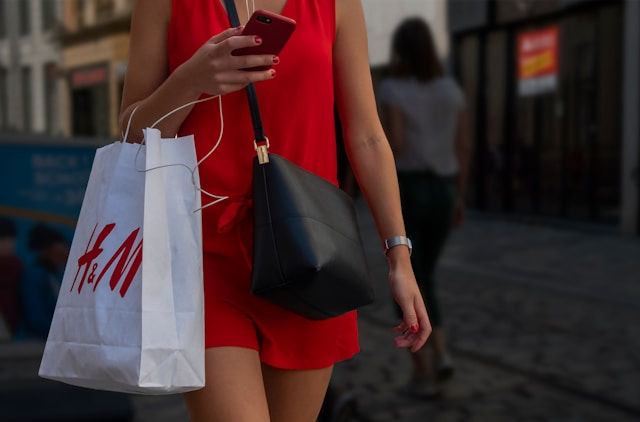Fast Fashion: What’s It Actually Doing?
- pandetashvi
- 6 days ago
- 2 min read
Every time a new trend hits TikTok or Instagram, fast fashion brands like Shein, Zara, and Fashion Nova are ready with ultra-affordable versions you can buy right now. Those cute outfits, low prices, and nonstop new releases make it easy — even fun — to refresh your wardrobe every week.
But behind the thrill of shopping lies a much darker story.
What is fast fashion doing to the planet, to people, and the future of style?

1. The Environmental Disaster
Fast fashion is one of the most polluting industries in the world. Here’s why:
The mass production of cheap clothes uses tons of water. It takes about 2,700 liters (around 700 gallons) of water to make just one cotton t-shirt — that’s enough water for one person to drink for two and a half years!
Synthetic fabrics, like polyester, shed microplastics every time you wash them. These tiny plastic particles pollute oceans and harm marine life.
Huge amounts of textile waste. Since trends change so fast, many clothes are worn only a few times before being thrown away — and most don’t biodegrade, piling up in landfills.
The result? Fast fashion is a major driver of climate change and environmental destruction.
2. The Human Cost
It’s not just the planet that suffers.
Many fast fashion brands rely on factories in countries with low wages and poor working conditions.
Workers often face long hours, unsafe environments, and little job security.
Child labor and exploitation are still reported in some parts of the fast fashion supply chain.
When you buy that $10 top, you might be supporting a system where real people don’t earn a fair living.
3. The Quality Trap
Fast fashion items are designed to be cheap and trendy — not to last.
Clothes often fall apart after a few washes.
Because prices are low, people buy more, creating a cycle of waste.
This “throwaway culture” means more money spent and more trash created.
What Can We Do?
Fast fashion isn’t going away overnight, but there are ways to shop smarter:
Buy less, choose well. Invest in quality pieces that last.
Shop secondhand or swap clothes with friends.
Support ethical brands that pay workers fairly and use sustainable materials.
Take care of your clothes — washing less, repairing instead of discarding.
Fast fashion may seem like a harmless way to keep up with trends — but its true cost is hidden in pollution, exploitation, and waste. By understanding what’s really behind those cheap clothes, we can make choices that protect both people and the planet — and still look amazing doing it.
What do you think? Comment down bellow!



Comments